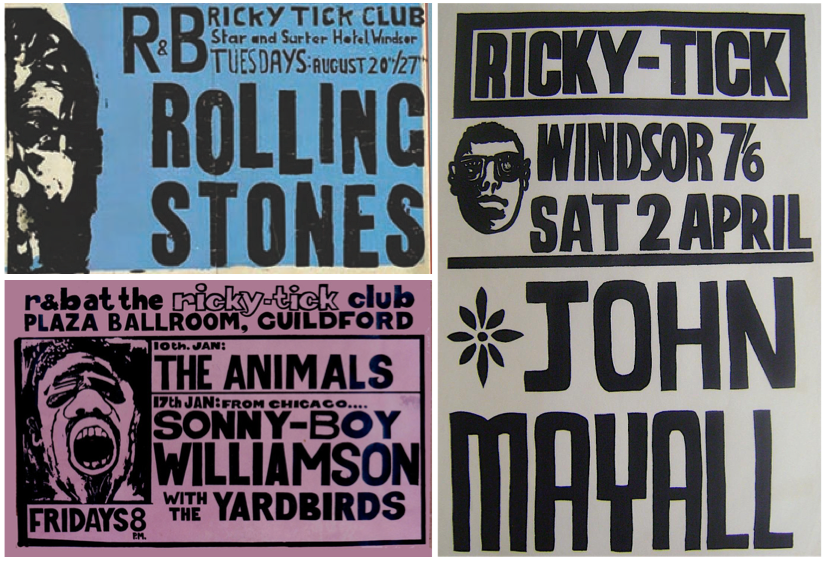
Last summer, a self-published book titled As You Were was released in a Windsor, U.K., brewery at a party for its aging author, John Mansfield, who co-owned the small, but highly influential, network of Ricky-Tick music clubs in the Thames Valley west of London. Mansfield passed away about a month later, and by the end of the year, the initial print run of 500 copies had sold out.
No wonder. Mansfield’s book, edited and co-written in places by his youngest brother, Colin, told the story of that important transition period between 1962 and 1967, when the British R&B revival morphed into what we think of today as British rock ‘n’ roll. Since then, Colin has had a couple hundred more copies printed, which means you can get your hands on this engaging insider’s view of a key movement in rock history.
This past spring, TRPS pal Neil Rice from the U.K. tipped us off to the second printing, which recently prompted Collectors Weekly to publish an article on the book, as well as the recollections of Colin Mansfield, who shares what it was like to attend his first Rolling Stones concert at a Ricky-Tick club at the age of 14 (the place was so crowded, the poor lad was forced to sit on the side of the stage!). Collectors Weekly also spoke to Brea Gosling, who was going out with John Mansfield’s partner at the time and shares some of the legendary parties her parents threw for visiting musicians, and Bob McGrath, who fronted an R&B combo called Hogsnort Rupert and the Good Good Band, (McGrath designed of most of the posters printed for Ricky-Tick shows).

Here’s a tidbit that didn’t make it into the article: McGrath’s posters were silkscreens, except that instead of silk he used inexpensive organdy. On at least one occasion, when the local fabric shop was out of that, he resorted to common curtains, as was the case in the blue Rolling Stones poster shown above. “We cut stencils from a two-ply material engineered for the purpose,” McGrath remembers. “I forget what it as called. We used a scalpel and cut carefully through the first layer only and peeled away the parts we wanted the ink to pass through. The second layer was simply to hold things together until it was placed under the stretched frame and ironed onto the organdy, where it melted into the weave of the screen and formed the mask. The carrying sheet was peeled off and discarded, then the edges were taped. Any last-minute touch ups were brushed on with shellac. It was an amazingly crude process.”
To read the full article at Collectors Weekly, click here. To order a copy of As You Were, click here.